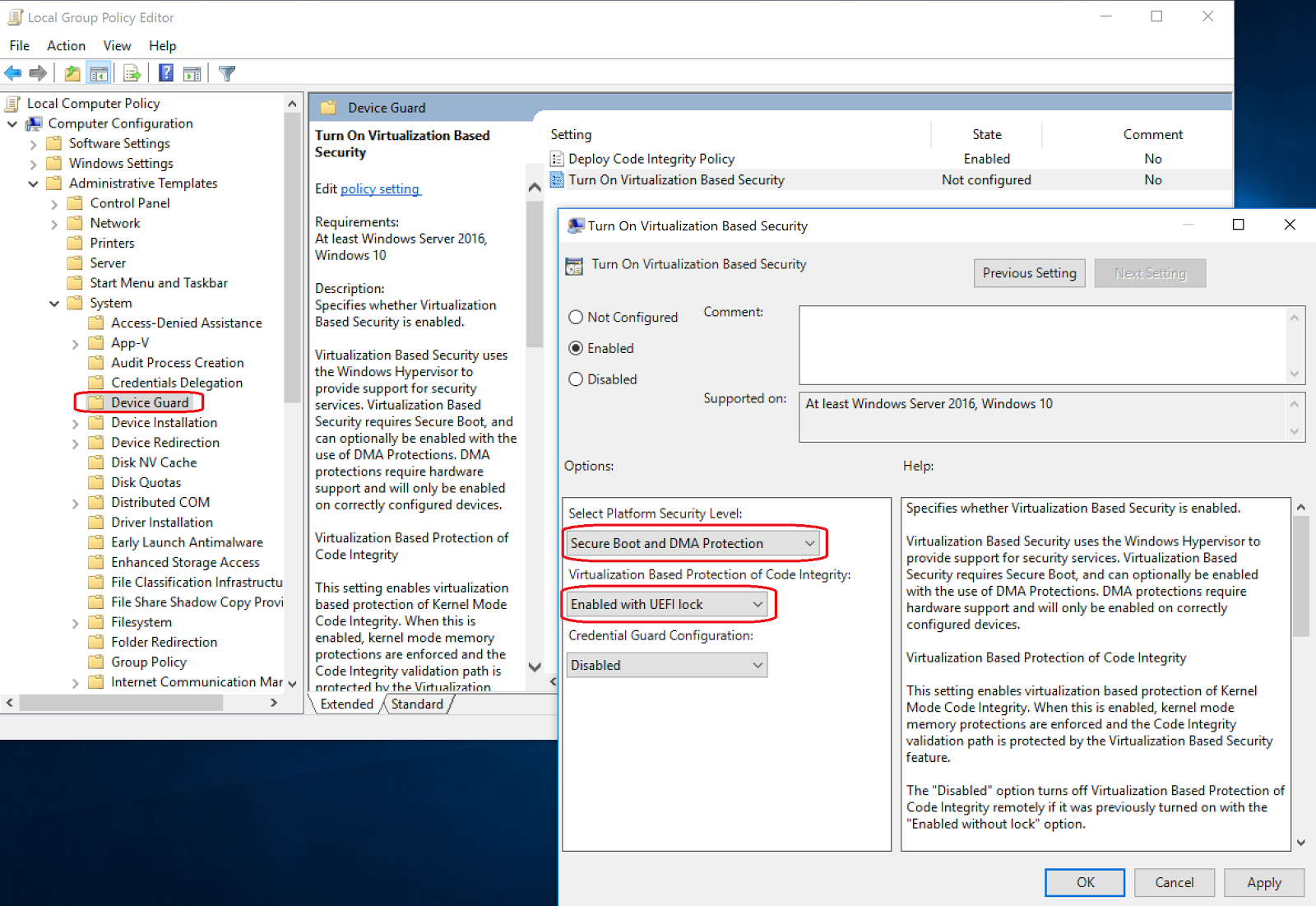Microsoft Group Policies Strengths And Weaknesses


Group Policy Security Settings. They include: Account Policies. Local Policies. Restricted Groups. Systems Services. An intruder can try to exploit.
Once you’ve put in play in your office, how does it all come together? Crack Scanner Periksa Nilai 5. Group Policy is a system within Active Directory that gives the network administrators the ability to define user, security, and organization-wide policies throughout the network. Interested in learning the benefits of Group Policy? We're here to help you out! What Can Group Policy Define on My Network? The different sets of configurations that are define in Group Policy are called Group Policy Objects (GPOs).
These can include the specific files, folders, and applications that users can access, what users are and are not permitted to do on their computers. For example, your network administrator may not want users to be able to access the Windows Task Manager; using Group Policy, access can be restricted for the Task Manager, or any other folder or application on the network. The Benefits of Group Policy Ease of Management Managing a network becomes worlds easier if you have all of your users connected through Group Policy.
Suppose that your company wants everyone’s machine to be aesthetically uniform: same wallpapers, same screen saves, same logon messages, etc. With Group Policy, you can make that happen. Also, you can implement company-wide policies such as certain web restrictions to prohibit staff from accessing particular websites. The last thing you’d want to do is find out you experienced a security breach for something as easily avoidable as one of your users having a weak password.
In order to prevent users from making their passwords “password123,” you can use Group Policy to set requirements for when users set their passwords. You can require the use of both capital and lowercase letters, numbers, and/or symbols. Additionally, you restrict unidentified users from remote computers to access your network.
Cost and Time Imagine being the network administrator for a company with 500 computers when there’s a system upgrade or you have to install new software on all of the machines. The idea of going machine-to-machine 500 times is nauseating. Not only would it be a tremendous pain for the administrator, but think about all the wasted work hours while employees stand by and watch the administrator load the software onto their machines. Everything about that is terribly inefficient.
With Group Policy, you can install/update/upgrade software from a single location, and service every single machine simultaneously. Not only that, but you could schedule the updates/installs to occur outside of business hours, that way no one is interrupted while they’re working! Roaming Profiles To illustrate how roaming profiles work, let’s create a hypothetical scenario: Company XYZ has offices on 4 floors of a building. There are 400 employees, spread throughout 25 departments. Annie is a graphic designer who works on the 3 rd floor, and she’s been working on a big project for the last two weeks, and is about to present it to her client. She joins the client and her boss in the conference room on the 1 st floor of the building.